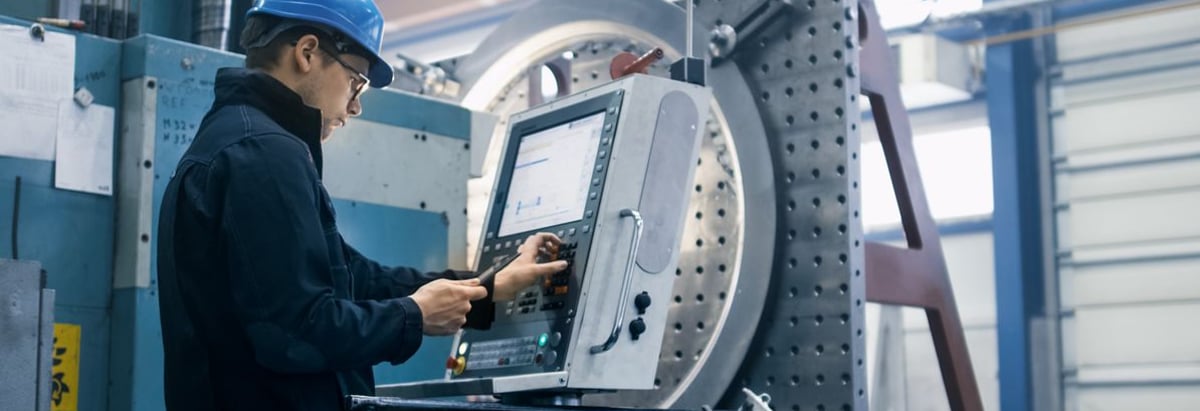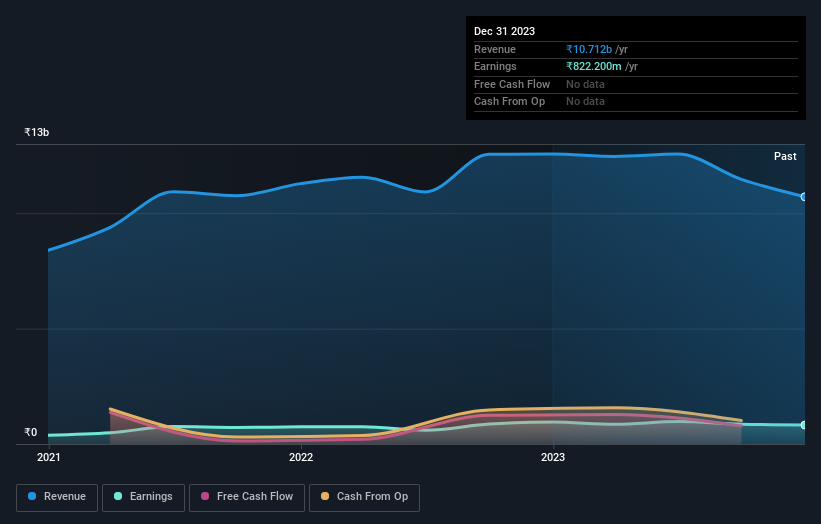Honda India Power Products Limited's (NSE:HONDAPOWER) biggest owners are public companies who got richer after stock soared 11% last week

Key Insights
- Honda India Power Products' significant public companies ownership suggests that the key decisions are influenced by shareholders from the larger public
- The largest shareholder of the company is Honda Motor Co., Ltd. with a 67% stake
- 15% of Honda India Power Products is held by Institutions
To get a sense of who is truly in control of Honda India Power Products Limited (NSE:HONDAPOWER), it is important to understand the ownership structure of the business. And the group that holds the biggest piece of the pie are public companies with 67% ownership. Put another way, the group faces the maximum upside potential (or downside risk).
As a result, public companies were the biggest beneficiaries of last week’s 11% gain.
In the chart below, we zoom in on the different ownership groups of Honda India Power Products.
View our latest analysis for Honda India Power Products

What Does The Institutional Ownership Tell Us About Honda India Power Products?
Many institutions measure their performance against an index that approximates the local market. So they usually pay more attention to companies that are included in major indices.
We can see that Honda India Power Products does have institutional investors; and they hold a good portion of the company's stock. This implies the analysts working for those institutions have looked at the stock and they like it. But just like anyone else, they could be wrong. If multiple institutions change their view on a stock at the same time, you could see the share price drop fast. It's therefore worth looking at Honda India Power Products' earnings history below. Of course, the future is what really matters.

Honda India Power Products is not owned by hedge funds. The company's largest shareholder is Honda Motor Co., Ltd., with ownership of 67%. This essentially means that they have extensive influence, if not outright control, over the future of the corporation. For context, the second largest shareholder holds about 8.3% of the shares outstanding, followed by an ownership of 5.1% by the third-largest shareholder.
While it makes sense to study institutional ownership data for a company, it also makes sense to study analyst sentiments to know which way the wind is blowing. We're not picking up on any analyst coverage of the stock at the moment, so the company is unlikely to be widely held.
Insider Ownership Of Honda India Power Products
While the precise definition of an insider can be subjective, almost everyone considers board members to be insiders. The company management answer to the board and the latter should represent the interests of shareholders. Notably, sometimes top-level managers are on the board themselves.
I generally consider insider ownership to be a good thing. However, on some occasions it makes it more difficult for other shareholders to hold the board accountable for decisions.
Our most recent data indicates that insiders own less than 1% of Honda India Power Products Limited. It seems the board members have no more than ₹491k worth of shares in the ₹25b company. Many investors in smaller companies prefer to see the board more heavily invested. You can click here to see if those insiders have been buying or selling.
General Public Ownership
The general public-- including retail investors -- own 17% stake in the company, and hence can't easily be ignored. While this group can't necessarily call the shots, it can certainly have a real influence on how the company is run.
Public Company Ownership
It appears to us that public companies own 67% of Honda India Power Products. This may be a strategic interest and the two companies may have related business interests. It could be that they have de-merged. This holding is probably worth investigating further.
Next Steps:
It's always worth thinking about the different groups who own shares in a company. But to understand Honda India Power Products better, we need to consider many other factors. For instance, we've identified 1 warning sign for Honda India Power Products that you should be aware of.
Of course this may not be the best stock to buy. So take a peek at this free free list of interesting companies.
NB: Figures in this article are calculated using data from the last twelve months, which refer to the 12-month period ending on the last date of the month the financial statement is dated. This may not be consistent with full year annual report figures.
Valuation is complex, but we're here to simplify it.
Discover if Honda India Power Products might be undervalued or overvalued with our detailed analysis, featuring fair value estimates, potential risks, dividends, insider trades, and its financial condition.
Access Free AnalysisHave feedback on this article? Concerned about the content? Get in touch with us directly. Alternatively, email editorial-team (at) simplywallst.com.
This article by Simply Wall St is general in nature. We provide commentary based on historical data and analyst forecasts only using an unbiased methodology and our articles are not intended to be financial advice. It does not constitute a recommendation to buy or sell any stock, and does not take account of your objectives, or your financial situation. We aim to bring you long-term focused analysis driven by fundamental data. Note that our analysis may not factor in the latest price-sensitive company announcements or qualitative material. Simply Wall St has no position in any stocks mentioned.
About NSEI:HONDAPOWER
Honda India Power Products
Engages in the manufacture, marketing, and sale of portable generators, water pumps, general purpose engines, lawn mowers, brush cutters, portable gensets, tillers, and marine engines in India and internationally.
Flawless balance sheet second-rate dividend payer.
Market Insights
Community Narratives



